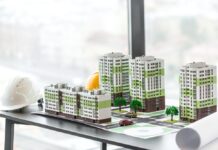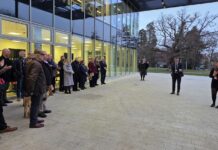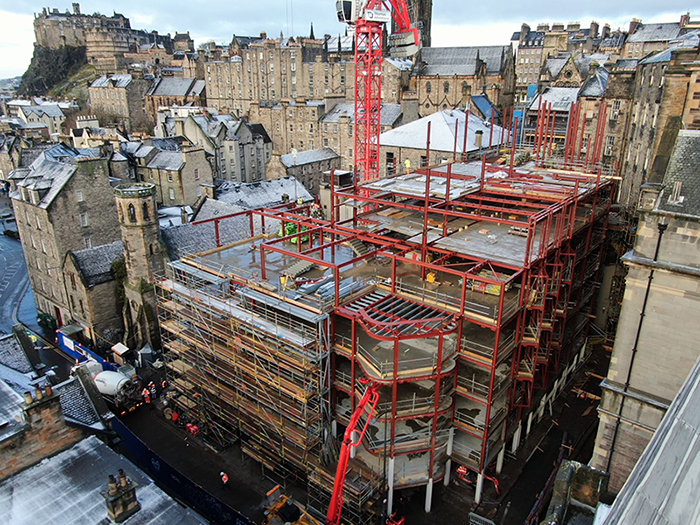
‘DON’T judge a book by its cover’ might be a well-worn cliché but, when it comes to determining the fate of old or historical buildings, the idiom provides an ideal starting point.
That’s the view of MJ O’Shaughnessy, MD of Will Rudd (Glasgow and Ireland), who told Project Scotland that visual deterioration of older structures often belies an inherent robustness, meaning such buildings – even ones which have been derelict for years – could have the potential to be repurposed or brought back to life.
Will Rudd has become a leader in conservation engineering. The business carries out structural surveys on historical buildings to assess the condition and advise on what measures are required to restore them, often with a focus on keeping significant elements intact.
“Growing up, and with my Irish background, I always had a passion for heritage, especially buildings or historical sites,” MJ said. “When I started with Will Rudd, we had the luxury of getting involved in old buildings and either restoring them or bringing them back into a redevelopment.”
MJ describes conservation engineering as ‘very niche’, with Will Rudd one of only two companies in Scotland offering the specialist services. Individuals must undergo an extensive process to become a conservation-accredited engineer, with a strong emphasis on the experiences they’ve had in their careers including taking a lead on projects with conservation principles in mind.
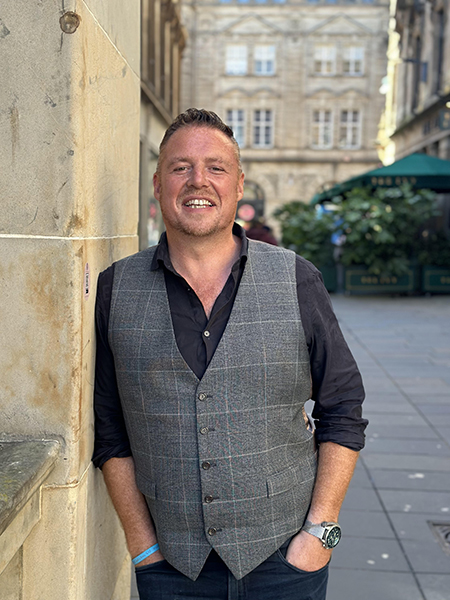
Will Rudd hosts internal workshops and CPDs to nurture staff with an interest in the subject.
MJ revealed he expects demand for conservation engineering to grow in the coming years, not least because of the construction industry’s increased focus on sustainability. The use of reclaimed materials can help meet environmental ambitions, while finding a new use for a building has obvious sustainability advantages over choosing to demolish it.
“There’s maybe sometimes a naivete in the industry that somebody could look at an old building and say it’s lain derelict for 20 years,” MJ added. “You might see weathered timber or elements that look visually deteriorated, but it’s really having that extensive experience to know that historical buildings were built to stand the test of time. There might be an inherent robustness within the structural fabric that means a building doesn’t have to be condemned immediately just from a visual look.”
Likewise, it can also be the case that a building which visually appears to be in good condition could have underlying structural defects that could go unmissed without the proper structural interrogation.
MJ stressed the need to ‘interrogate’ a building in the right places to prove structural integrity. Factors to consider include the form of construction, what materials have been used, and what the building has previously been used for.
“The less work you have to do to a building, the less carbon goes into that process,” he continued. “There has to be a middle ground where you say ‘it needs this element of work’ but not to the extreme you might have thought it did.
“It really comes down to the site in question. Every site has its own complexities. Where we find our experience comes into play is people are starting to engage us early now in the process. Going back years ago, we would have been brought in too late in the day after decisions had already been made. Early engagement is key because you can start changing hearts and minds and say there’s a potential avenue we can go to make it work.”
While bringing historically significant buildings back to life might feel like the right thing to do, there must also be commercial benefits to attract investment and make such projects worthwhile.
Collaboration across all teams is vital from the outset, while the more work done at the pre-application stage to determine the state of buildings, the more likely there is to be a positive solution.
“Ultimately for a project to be successful and get to being built and restored, there has to be money that gets brought into the process,” MJ said. “You have to have a commercial overview in the end game, but that early engagement I’m speaking about feeds into where that commercial situation ends up.”
Examples of Will Rudd’s work in this field include the Love Loan development a short walk from the firm’s Glasgow city centre base, in which a historic but disused corner has been transformed into a vibrant location for hotel accommodation, residential living and hospitality. The company was tasked with helping to preserve all the listed buildings within the project, which included the restoration of the A-listed former Parish Halls.

Will Rudd’s conservation principles were also called upon at Glasgow Golf Club at Killermont – the ninth oldest golf club in the world – after a devastating fire ripped through the historic clubhouse. The business undertook surveys to determine the structural integrity of the building, and this helped shape the overall restoration programme and enabled the retention of ornate finishes.
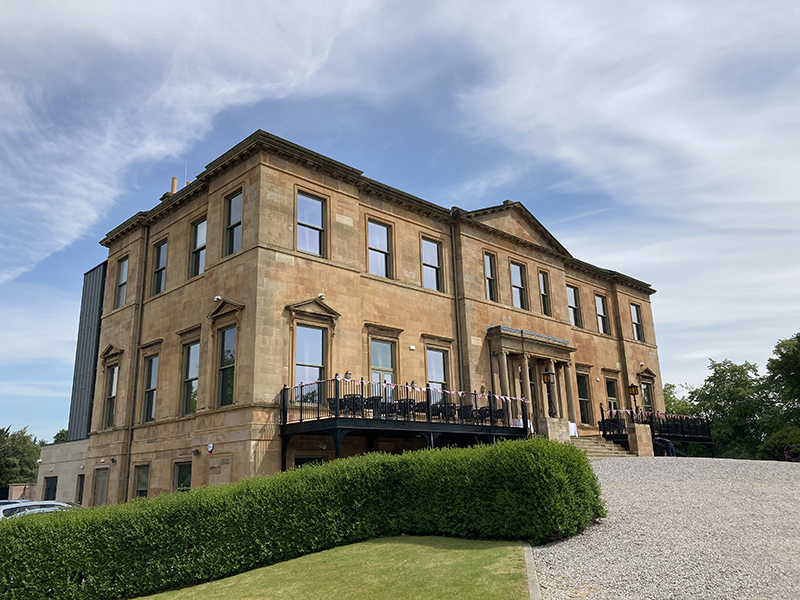
Not surprisingly given the nature of this type of work, Will Rudd engages extensively with organisations like Historic Environment Scotland.
Diversity is also key, with Will Rudd involved in every sector from hotels and leisure through to purpose-built student accommodation. The company boasts in-house specialisms including façade engineering and temporary works design. All these elements intertwine and feed into the conservation engineering because they’re all part of redevelopments.
Whatever the project is, following defined principles can help set the scene for what the next steps will be. MJ uses the term ‘historical alibi’ to describe the process of both desktop and archive research on a site.
“Historical alibi will build you a picture of what something was designed for, what loadings it was designed to, and then comparing that to modern standards which, in some aspects, could be a less onerous loading criteria than what it would have been designed for in the past,” he explained.
“Through desktop research, you can prove that a building has natural, inherent robustness compared to what it would have to be designed for now.
“You can get the flip of that as well, and it might not have been designed for something as extreme in the past and now it’s a more onerous situation, so you do have to navigate that quite clearly.
“Getting into buildings is something you’ve got to weigh up at the very start. Is it safe to enter? With the experience we have, we can determine those avenues as well.”
When it comes to buildings of reasonable significance, most of the time some records, at least, will exist. It’s not uncommon to find plans dating from one era but they might not be the original designs for a building.
“You strike gold if you can find them (the very first plans),” MJ revealed. “From our perspective, we love to get the structural drawings because that gives you a really good picture of what the building should be built from. But don’t judge the archive drawings by the cover either, because sometimes what a drawing says they’re going to be built from, might not be what they actually did build. It’s about getting the true nature of the building in play before it can be a curveball down the line and stop development or stop the restoration, which nobody wants to see.”




